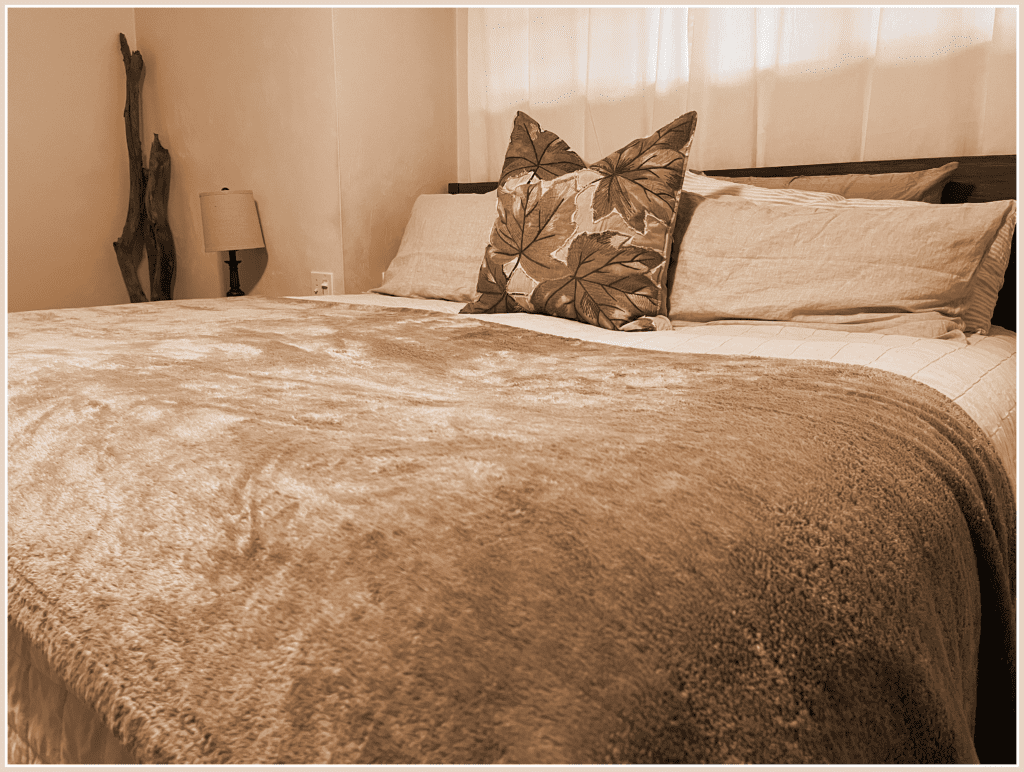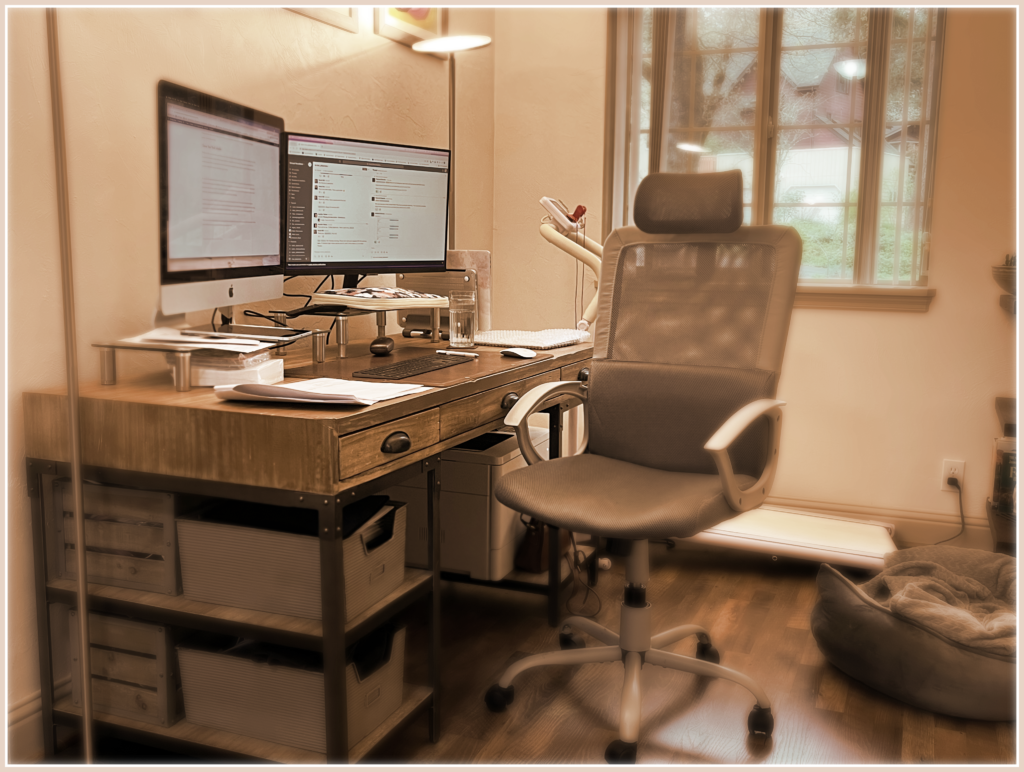It’s 5am, I’m up and out of bed, and ready to write according to my new self-imposed schedule, my peak performance schedule. I’ve known for most of my life that I think and work best during the early morning hours until around noon, after which my productivity and motivation slows down substantially for the rest of the day, and decision fatigue as well as bodily fatigue sets in, and I find myself just going through the motions of what needs to be done. All of my best work and creativity flows during the earliest part of the day, so here I am, typing away before the sun comes up and the birds start chirping.
My daughter on the other hand, a young adult now and out of the nest, has always been a night owl for as long as I can remember. Her creativity and motivation doesn’t surface until well after noon, and generally peters out around 11pm or midnight, with her finally going to bed at 2 or 3am. This is probably partly due to her age, but also her body’s natural preference.
When I was her age, I was already asleep by midnight most nights. Not everyone fits into the morning lark or night owl categories of wakefulness I’m sure, but it appears that most of us gravitate towards one or the other. What about you?
Experts have long touted the benefits of waking up early, exercising in the morning to boost your energy and making important decisions first thing in order to avoid making poor decisions later in the day. In fact, they even suggest you may want to make sure medical procedures are performed early in the day as well, before doctors hit the usual, afternoon slump most humans experience.
For me, having identified my peak performance time of the day, and having arrived at a time of life where my children are no longer small and need my attention first thing in the morning, I’ve been able to optimize the mornings to support me through the afternoon and evening, lower energy times.
Whether you find yourself most productive at 5am or 9pm, optimizing your time use during those periods can help you accomplish more than ever, and allow yourself time to rest during your ‘off hours’. Here are four ways you can start optimizing your time according to your natural body rhythm and get the most out of your day’s peak performance time-
4 Ways to Maximize Your Peak Performance Time of Day
Make Your Bed
I know, making your bed gets a lot of hype in the productivity community, but it’s true, making your bed first thing, whenever you get out of it during the day, tells your brain that it’s time to be awake, organized and clear-headed. After all, how could you not be when your bed sheets are neatly tucked, your quilt smoothed, and pillows fluffed? So, tell me, are you one of those people that already make your bed everyday, or is this something you’ll have to start?
Reduce Repetitive Decisions
Everyday we decide what to wear, how to fix our hair, what to eat for breakfast and whether or not to make our bed. A key way I’ve created additional time and energy during my mornings is to curate my choices in these areas down to a select few. I don’t have a large wardrobe, and all of my tops go with my bottoms, so I can grab and put on any combination without spending time thinking about it much.
I’ve tried different hairstyles over the years, but have made it a point to choose one that can last for two to three days between washes and restyling. This alone gives me an extra 30 minutes in the morning many days. Breakfast, I have three options I choose from most regularly, a fruit and spinach smoothie, almond milk yogurt topped w ith granola or scrambled eggs with sauteed veggies.
Move Your Body
Over the years I’ve engaged in plenty of early morning HIIT routines and running in order to just ‘get it done’ for the day during my peak activity period. However, full exercise routines take up a good amount of time, and I’ve found that for myself, I prefer to fit in a 10-15 minute walk early in the day, and save cardio and weights routine for later in the afternoon, when my body needs to wake back up, but my brain doesn’t have to think so much.
Doing so gives me more time first thing in the day during my peak performance time to tackle more creative and mentally challenging projects, conversations and work.
Choose Your Peak Performance Work Schedule
Whether we like it or not, we are at a period in our society where most people still spend a good portion of their time working, 8 hours a day, to provide for themselves and their families. Because I don’t want to spend all of my peak energy working, I get up 3-4 hours before my workday begins to allow for a good portion of time to be spent on my own pursuits. If you are a night owl, consider finding a job where you can work a ‘swing shift’, starting at 2pm and getting off at 11pm.
So, now that I’ve optimized my best time of the day, what do I do with that time? For me, it’s changed over the years, based mainly on my children’s needs throughout their childhoods. When they were younger, I’d use some of the time just to have some quiet time and read, and plan out the rest of my day. At times, I did fit in my core workout early in the morning as well as critical work projects (I’ve always worked from home), knowing they would need my attention for the rest of the day and evening.
Later on as they got older, I dabbled in morning stretch routines and writing, like I am now. If you’re not sure how to start using your newfound, optimized time, take a day or two to observe what thoughts pop up in your head during your non-peak times while you’re sitting on the couch, or scrolling on your phone. Do you find yourself thinking, I need to do my laundry, read that book for book club? If so, start with moving those items to your peak productive time so you can rest easy later in the day.
I’d love to hear in the comments about your own peak performance and productivity times, and how you manage your time each day, whether you are well on your way to optimized wakefulness, or just getting started.



